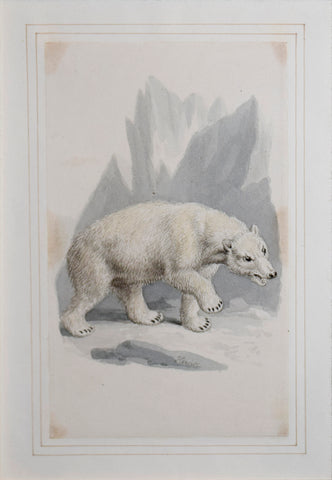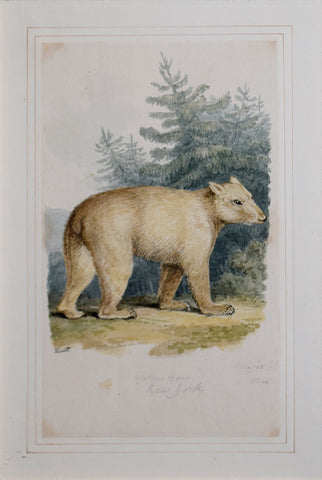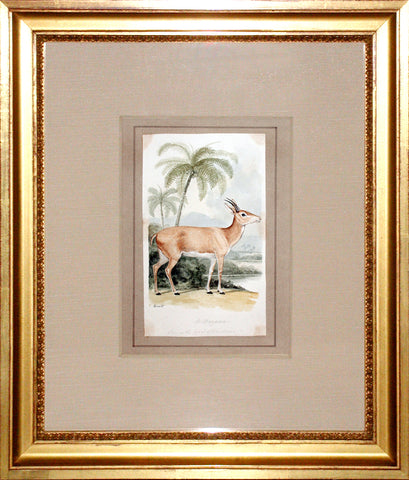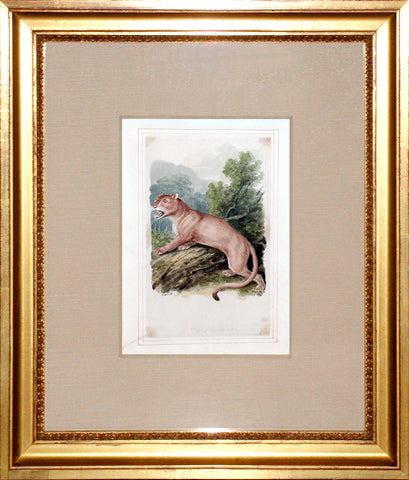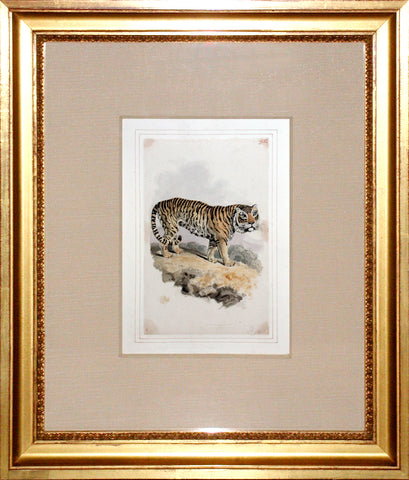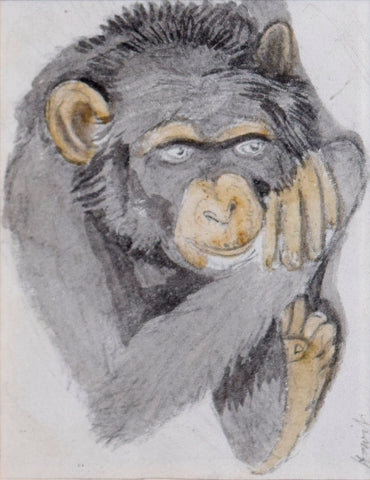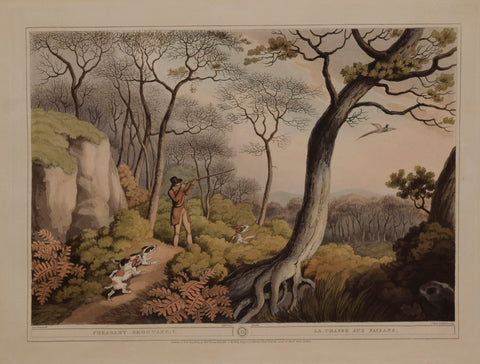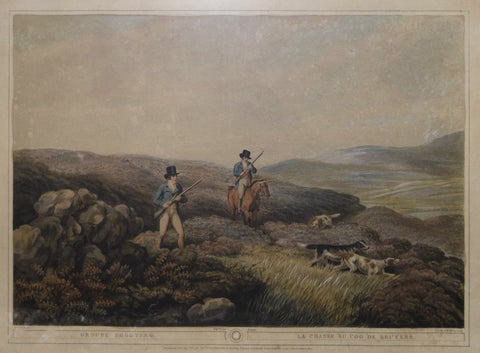Search By Artist
Samuel Howitt (1756-1822)
Samuel Howitt (1756-1822)
Original watercolor created for A New Work of Animals; Principally Designed from the Fables of Aesop, Gay and Phaedrus.
Drawing in pen, brown ink & wash with watercolor over pencil
Paper size12 3/4” x 9”
London, 1808
Samuel Howitt occupies a unique position in the rich history of British sporting art. A completely self-taught artist, Howitt received a rural sportsman's upbringing in Nottinghamshire. In London he lived at the heart of the city's smartest young social set, only turning to his art seriously when he fell into financial difficulty. What followed was a productive and highly acclaimed career as a painter and illustrator of a remarkably broad range of sporting subjects. Howitt combined his sportsman's upbringing with a highly evolved and original visual style to create some of the most vibrant and engaging images from this great period of British sporting art.
The Greek fables of Aesop, with their cleverly wrought lessons on reason and morality, enjoyed a revival in the 17th century with La Fontaine's “Fables,” a monument of French Classicism. Howitt, as the title of this work implies, was more directly inspired by the English poet John Gay's renowned version of the fables, published in 1727. Aesop's Fables (based perhaps on even earlier Indian fables) possess a timeless wisdom that comments gently on the foibles of the human condition, and Howitt's masterful watercolors convey the essence of these stories with a stylistic charm and emotional power that matches any of the poetic works of his literary forebears.
A number of legends or facts have come to serve as something of a biography of Aesop: the greatest, and quite possibly fictional, writer of fables. The life and history of Aesop is involved, like that of Homer, the most famous of Greek poets, in much obscurity. He is thought to have been born about the year 620 B.C. is Samos, and to have been by birth a slave who was later freed in recognition of his great wit and learning. From such humble beginnings he was said to have risen to a position of great prominence in the cultural and intellectual life of Greece, eventually attaining a measure of political power under the patronage of Croesus, king of Lydia. Yet a number of authors from the 5th century BC onward placed Aesop at a number of locations and situations, and he seems to have been born in at least three different cities. This alone makes it likely that "Aesop" was a name invented to be a generic author for any collection of fables, many such collections from various authors being available. In any event, the name of Aesop has been associated with one particularly engaging and instructive literary form, the fable. Throughout history fables, which contain a short narrative that seeks to illustrate a hidden message, have been a popular method of giving instruction.
Samuel Howitt, interpreting the fables that seem no less relevant today than they did almost three millennia ago, has infused them with a new vitality, and done so in a manner that illustrates their fundamental messages of common sense with freshness and vigor. These watercolors are engaging original works by this noted artist, who retold the ancient fables in his own remarkable visual language.

